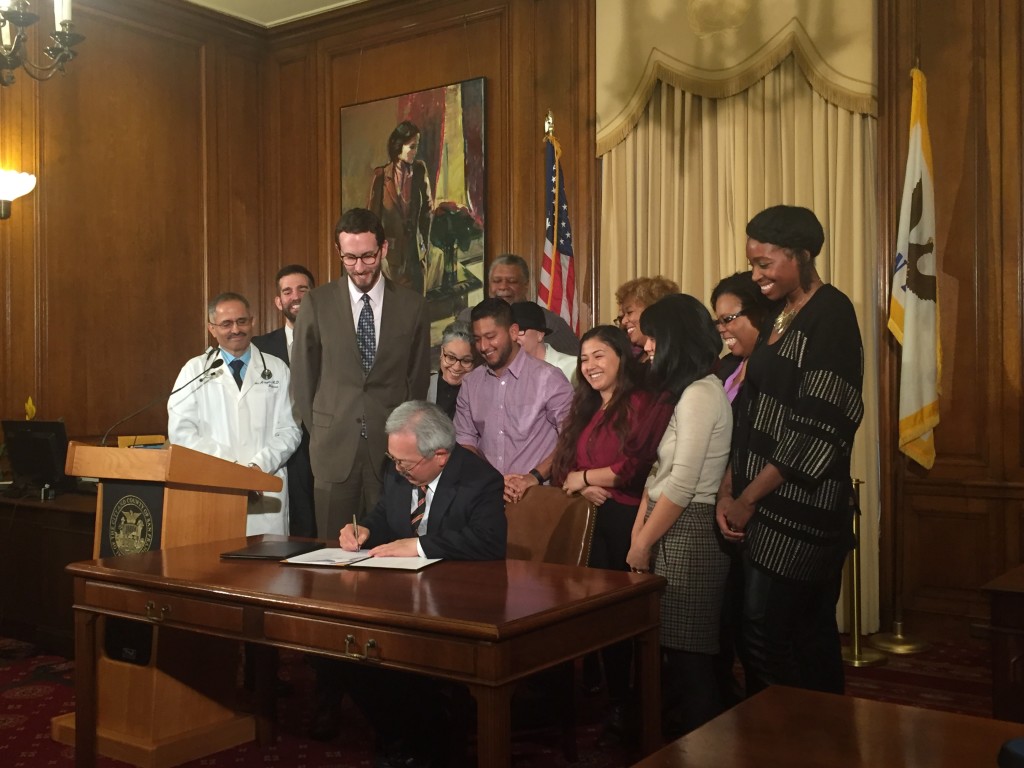San Francisco and California Pass Tobacco 21
On March 1, 2016, the San Francisco Board of Supervisors unanimously approved the Tobacco 21 ordinance (Amending San Francisco Health Code Article 19H) introduced by Supervisor Scott Wiener. Mayor Edwin Lee signed this ordinance into law shortly after on March 11, 2016. The Tobacco 21 ordinance will raise the minimum age of purchasing tobacco products (including electronic cigarettes) to 21 years of age and place this requirement on all tobacco retailers. The ordinance focuses on preventing sales to persons under 21 and does not include any enforcement element that would incriminate young people for using or possessing tobacco products.San Francisco joins other cities such as New York, Berkeley, and over 100 other jurisdictions in the United States in the tobacco 21 movement.
California passed a similar bill (SB 7 X2), which was signed by Governor Jerry Brown in May 2016. This bill will increase the minimum age for purchasing tobacco products from 18 to 21 for the entire state of California. Another bill, SB 5 X2, was passed and signed at the same time that redefines tobacco products to include electronic nicotine devices such as e-cigarettes. This means that e-cigarettes and all other products derived from or containing tobacco or nicotine can only be sold to a person 21 years of age or older. California now joins Hawaii as the only states to increase the minimum purchasing age to 21. This is consistent with California’s history of being a leader in tobacco control and protecting the public’s health. This law goes into effect on June 9, 2016.
Why Raise the Minimum Purchasing Age?

A recent report from the Institute of Medicine predicted that this raise in minimum purchasing age would decrease tobacco use by 12 percent and reduce tobacco-related deaths by 10 percent in the coming years. The same report estimated that Tobacco 21 would save hundreds of millions of dollars in health care-related expenses if adopted nationwide. Tobacco 21 would decrease the availability of tobacco to teenagers. This is important because during the formative years, the still-developing human brain and body are highly susceptible to nicotine, which can be as addictive as heroin or cocaine. Research shows that 90% of lifelong smokers began smoking before the age of 18.
(Updated June 2017)
